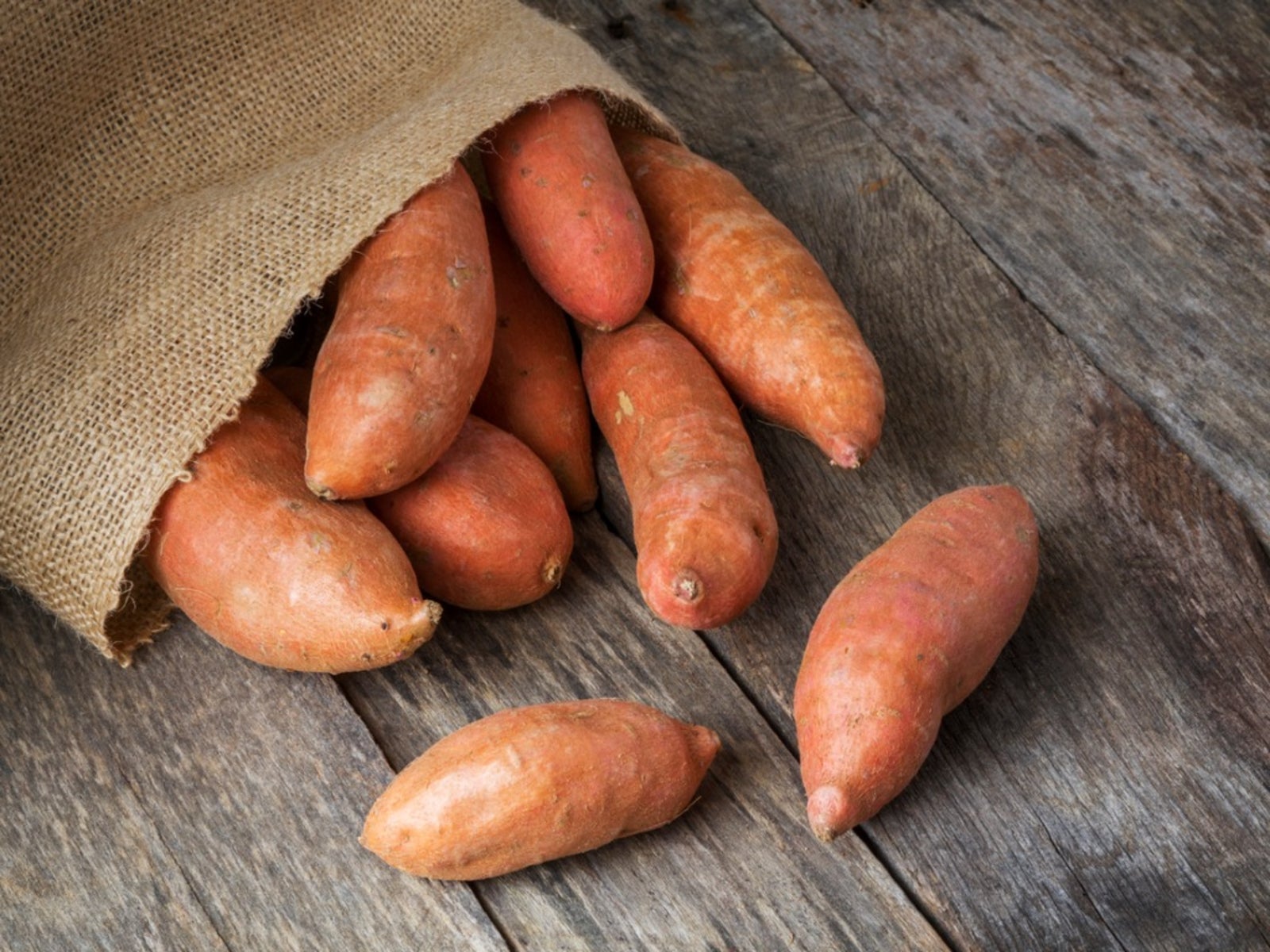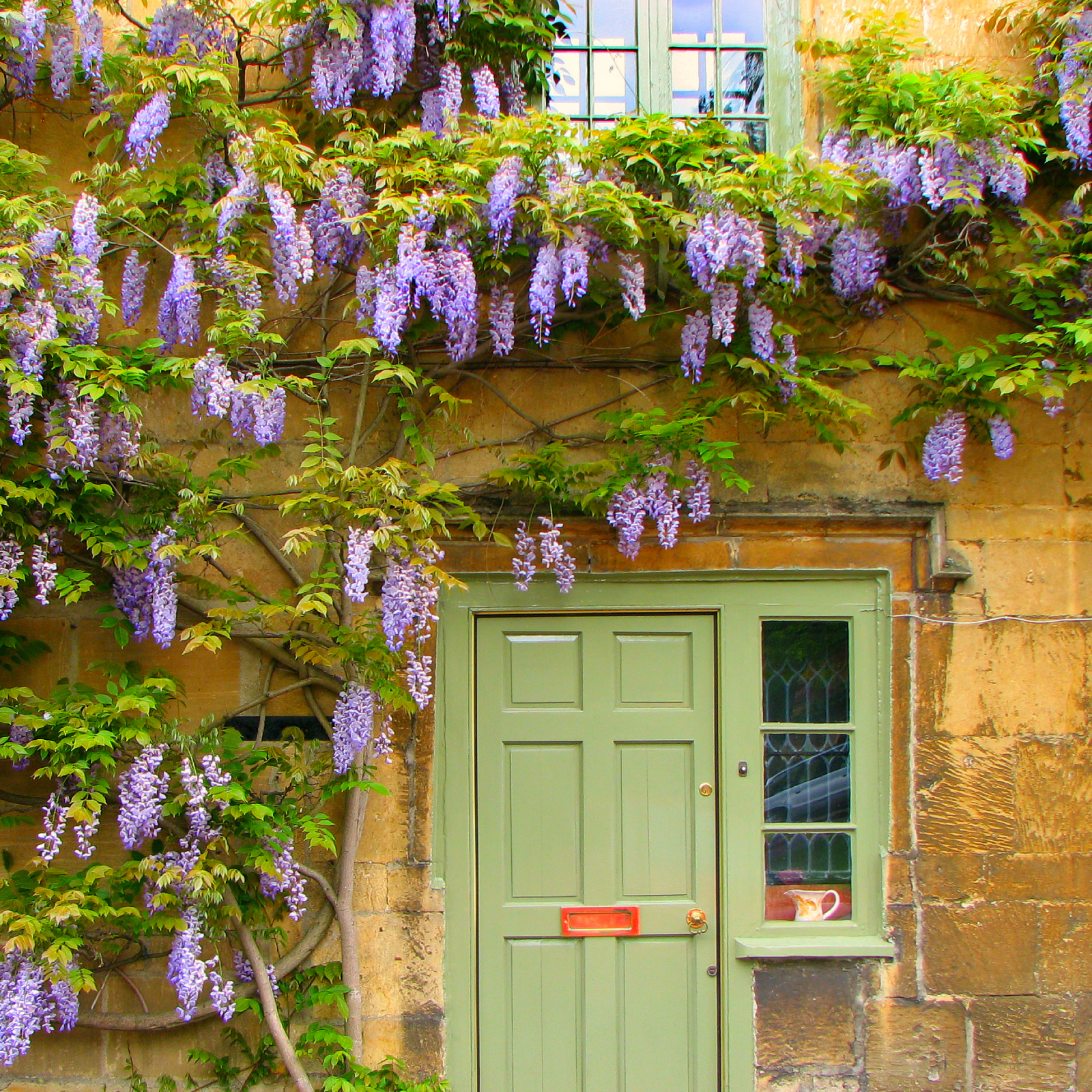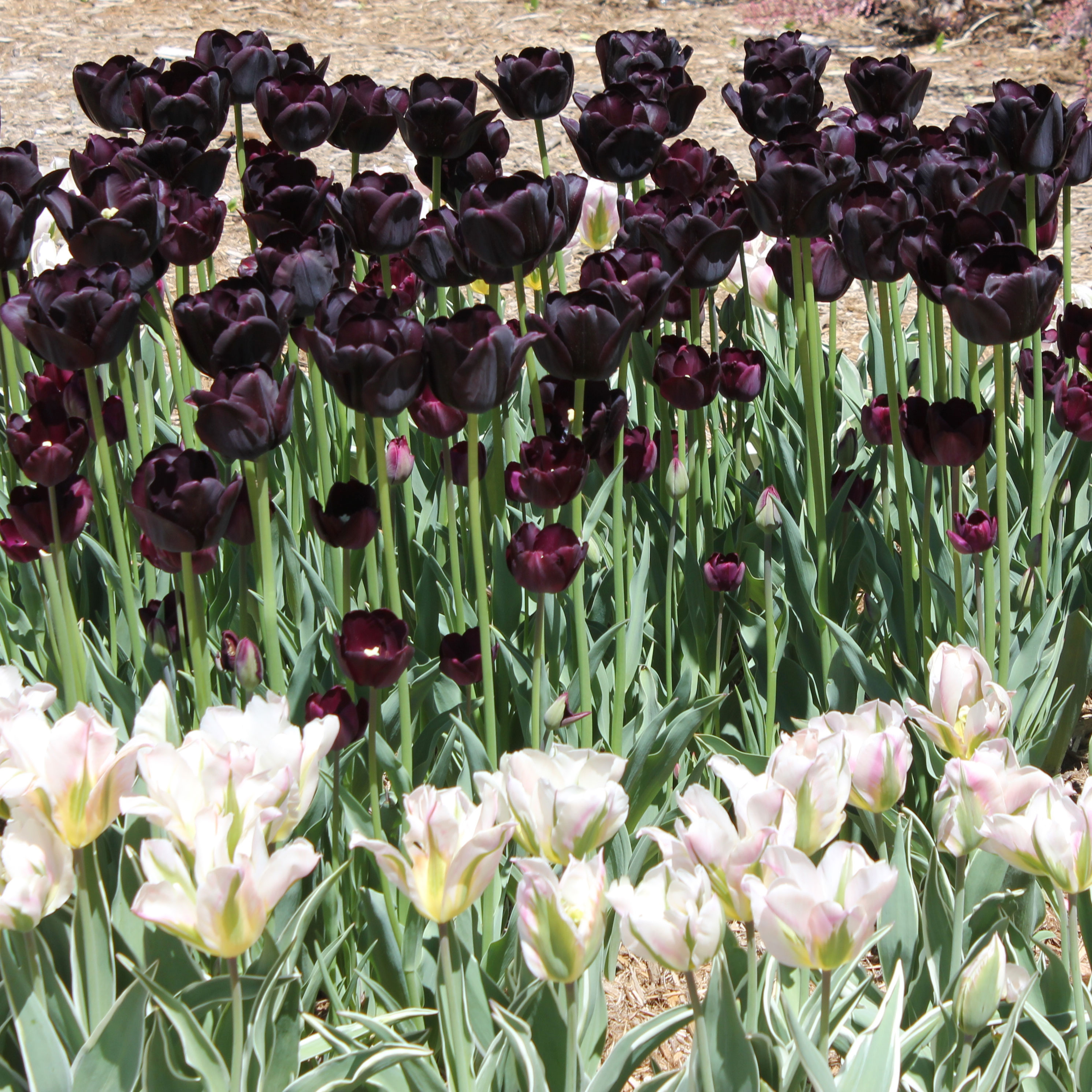Why Are My Sweet Potatoes Cracking: Reasons For Sweet Potato Growth Cracks


For the first months, your crop of sweet potatoes looks picture perfect, then one day you see cracks in a sweet potato. As time passes, you see other sweet potatoes with cracks, and you wonder: why are my sweet potatoes cracking? Read on for information about why sweet potatoes crack when they grow. Sweet potatoes (Ipomoea batatas) are tender, warm season crops that need a lengthy growing season to develop. These veggies are native to Central and South America and important food crops for many countries there. In the United States, commercial sweet potato production is mainly in the southern states. Both North Carolina and Louisiana are top sweet potato states. Many gardeners throughout the country grow sweet potatoes in home gardens. Sweet potatoes are planted in early spring as soon as the soil warms. They are harvested in autumn. Sometimes, sweet potato growth cracks appear in the final weeks before harvest.
Why are My Sweet Potatoes Cracking?
If your sweet potatoes crack when they grow, you know there is a problem. Those cracks that appear in your beautiful, firm vegetables are likely sweet potato growth cracks. They are usually caused by excess water. Sweet potato vines die back in late summer, as harvest approaches. The leaves turn yellow and look parched. You may want to give the plant more water but that’s not a good idea. It can cause cracks in a sweet potato. Excess water at the end of the season is the primary cause of split or cracks in a sweet potato. Irrigation should stop a month before harvest. Abundant water at this time causes the potato to swell and the skin to split. Sweet potato growth cracks from fertilizer also occurs. Don’t toss a lot of nitrogen fertilizer on your sweet potatoes since this can also cause sweet potato growth cracks. It does produce lush vine growth but splits the roots. Instead, use well-aged compost before planting. That should be plenty of fertilizer. If you are sure more is required, apply a fertilizer low in nitrogen. You can also plant split-resistant varieties. These include "Covington" or "Sunnyside."
Gardening tips, videos, info and more delivered right to your inbox!
Sign up for the Gardening Know How newsletter today and receive a free copy of our e-book "How to Grow Delicious Tomatoes".

Teo Spengler is a master gardener and a docent at the San Francisco Botanical Garden, where she hosts public tours. She has studied horticulture and written about nature, trees, plants, and gardening for more than two decades. Her extended family includes some 30 houseplants and hundreds of outdoor plants, including 250 trees, which are her main passion. Spengler currently splits her life between San Francisco and the French Basque Country, though she was raised in Alaska, giving her experience of gardening in a range of climates.
-
 Create A Romantic Garden Straight Out Of Bridgerton: Regency Era Romance In Your Garden
Create A Romantic Garden Straight Out Of Bridgerton: Regency Era Romance In Your GardenTry some romantic garden ideas straight out of Bridgerton. Flowers and gardens in the Regency era were lush and charming and you can get the same look!
By Bonnie L. Grant
-
 Moody Blooms For Spring: 8 Types Of Black Flowers To Add Drama To Spring Displays
Moody Blooms For Spring: 8 Types Of Black Flowers To Add Drama To Spring DisplaysFrom midnight burgundies to inky violets, several types of black flowers can enrich and embolden a spring display. Try these brooding bloomers for a moody garden
By Tonya Barnett